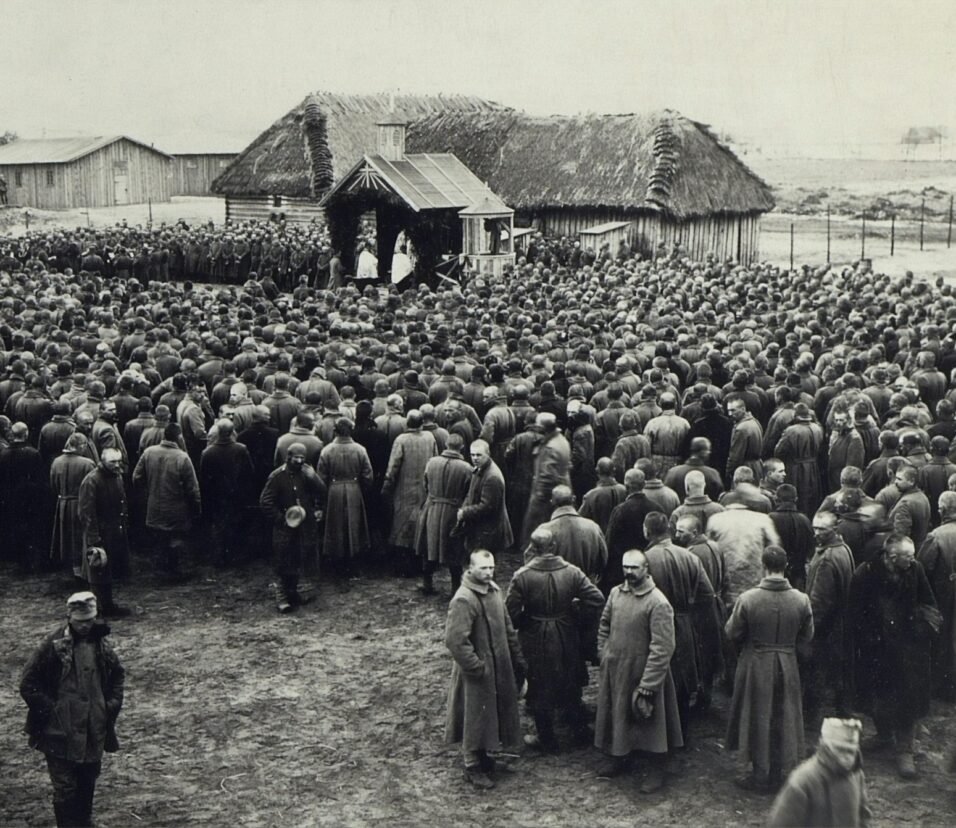The Inca Empire
Introduction
Deep in the heart of the Andes Mountains, the Inca Empire, known as Tawantinsuyu or “The Four Regions,” emerged as one of the most powerful and sophisticated pre-Columbian empires in the Americas. With its advanced systems, vast territories, and unique culture, the Inca civilization has left an indelible mark on history.
Origins of the Inca Empire
The Inca civilization originated from the highlands of Peru in the early 13th century. Their founding legend revolves around Manco Cápac and Mama Ocllo, who emerged from the sacred Lake Titicaca, carrying a divine mission to establish a great city – which would be Cusco.
The Expansive Territories
Under the leadership of dynamic emperors, especially during the reign of Pachacuti, the Incas expanded their territories exponentially.
- Strategic Conquests: The Incas assimilated regions either through diplomacy or warfare. Once a region was under Inca control, it was integrated into their socio-political structure.
- Infrastructure and Roadways: The Incas built an impressive network of roads connecting the vast stretches of their empire, which aided inefficient communication, trade, and military movements.
The Pinnacle of Inca Architecture: Machu Picchu
One of the most iconic remnants of the Inca Empire is Machu Picchu. Nestled atop the Andean mountain ranges, this city showcases the architectural prowess of the Incas.
- Purpose: While Machu Picchu’s exact purpose remains debated, some believe it to have been Pachacuti’s royal retreat, while others think it held religious significance.
Unique Systems and Innovations
- Quipus: The Incas did not have a written language in the traditional sense. Instead, they used ‘quipus’ – a system of knotted strings – for record-keeping and communication.
- Agriculture: Through terrace farming and the cultivation of a variety of crops like maize, potatoes, and quinoa, the Incas ensured food security.
- Mita System: This was a labor-tax system where citizens contributed labor as a form of tax to the empire.
Religion and Cosmology
The Incas held a polytheistic belief system, revering various deities.
- Inti: The Sun God, considered the most significant deity.
- Viracocha: The creator god and a figure central to Inca cosmology.
Sacred rituals, ceremonies, and festivals were essential aspects of daily life, ensuring the gods’ favor and maintaining cosmic balance.
The Downfall of the Empire
- Internal Conflicts: Before the Spanish arrival, the empire was embroiled in a civil war between two royal brothers: Atahualpa and Huáscar.
- Spanish Conquest: The Spanish, led by Francisco Pizarro, leveraged the internal rifts and, with their superior weaponry and a small number of men, managed to capture Atahualpa. The ransom for his release was a room filled with gold, but despite fulfilling this, the Spanish executed him.
- Diseases: Diseases like smallpox, introduced by the Europeans, devastated the native population who had no immunity against such illnesses.
Legacy and Influence
Despite its fall, the Inca Empire left behind an undeniable legacy:
- Languages: Quechua, the primary language of the Incas, is still spoken by millions in the Andes.
- Archaeological Sites: Sites like Machu Picchu, Ollantaytambo, and Sacsayhuamán continue to draw tourists from around the world.
- Cultural Practices: Festivals, rituals, and traditional crafts preserve the Inca culture to this day.
Social Hierarchy in the Inca Society
In the Inca Empire, society was hierarchically organized.
- Sapa Inca: At the top was the emperor, the Sapa Inca, believed to be a divine ruler, a direct descendant of the Sun God.
- Nobility: Below the Sapa Inca were the nobles, comprised of priests, military officers, and other high-ranking officials.
- Commoners: At the bottom were the farmers, artisans, and laborers. Despite being the foundation of society, they had limited rights and privileges.
Art and Craftsmanship
The Incas were masterful artisans, with their crafts reflecting their spiritual beliefs and daily lives.
- Pottery: Inca pottery was primarily utilitarian but bore beautiful geometric designs and depictions of their deities.
- Textiles: Weaving was a significant activity, producing intricately designed textiles using alpaca and llama wool.
Medicine and Health
The Incas had a deep understanding of herbs and natural remedies.
- Coca Leaves: Used for various purposes, including pain relief and to combat altitude sickness.
- Trepidation: The Incas practiced this surgical intervention to treat head injuries, where a hole was drilled into the skull to alleviate pressure.
Inca Cuisine
The food in the Inca Empire was diverse, drawing from the rich agricultural produce of the Andes.
- Staples: Maize, potatoes, and quinoa formed the diet’s backbone.
- Meat: While llamas and alpacas were primarily for wool, guinea pigs were a delicacy.
Engineering Marvels
The Incas displayed remarkable engineering skills, especially evident in their constructions.
- Terrace Farming: These terraced fields prevented soil erosion and maximized agricultural output in mountainous regions.
- Aquaducts and Canals: Built to irrigate fields and supply fresh water to their cities.
The Royal Capacocha Ceremony
This was a significant religious ritual where young children were sacrificed to appease the gods, especially during times of crisis.
Music and Dance
Music and dance were central to Inca culture, both for religious ceremonies and entertainment.
- Instruments: Pan flutes, drums, and seashell trumpets were commonly used.
- Dances: Each festival had its unique dance, often narrating a story or historical event.
The Inca Calendar
The Incas used two types of calendars – one based on the lunar cycle and the other on the solar cycle. These calendars determined agricultural activities and religious ceremonies.
Conclusion
The Inca Empire’s rich history and its accomplishments in the fields of agriculture, architecture, and administration remain the epitome of pre-Columbian civilizations in the Americas. Despite its eventual decline, the legacy of the Inca civilization continues to inspire and influence modern society. Understanding the rise, dominance, and fall of the Inca Empire provides a profound insight into human resilience, innovation, and the transient nature of empires.







